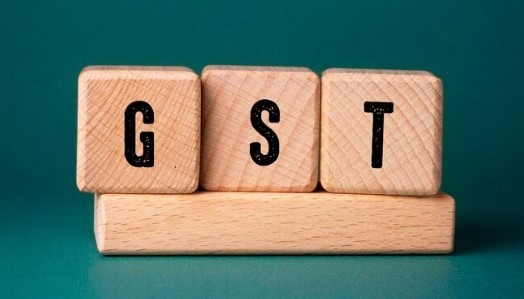The full form of GST is goods and services tax. It is a value-added tax that is levied on the supply of goods and services in India. GST is levied on the final consumption of goods and services. It is a destination-based tax, which means that it is levied on the place of consumption. GST is levied at the national level by the central government, and at the state level by the state governments. GST was introduced in India on July 1, 2017.
GST has replaced many indirect taxes that were previously levied by the central and state governments, such as value-added tax (VAT), central excise duty, service tax, octroi, entry tax, etc. GST is levied on the supply of goods and services in India. GST is levied on the final consumption of goods and services. It is a destination-based tax, which means that it is levied on the place of consumption.
GST has two components: central GST (CGST) and state GST (SGST). CGST is levied by the central government, and SGST is levied by the state governments. Both CGST and SGST are levied on the value of the goods or services supplied.

